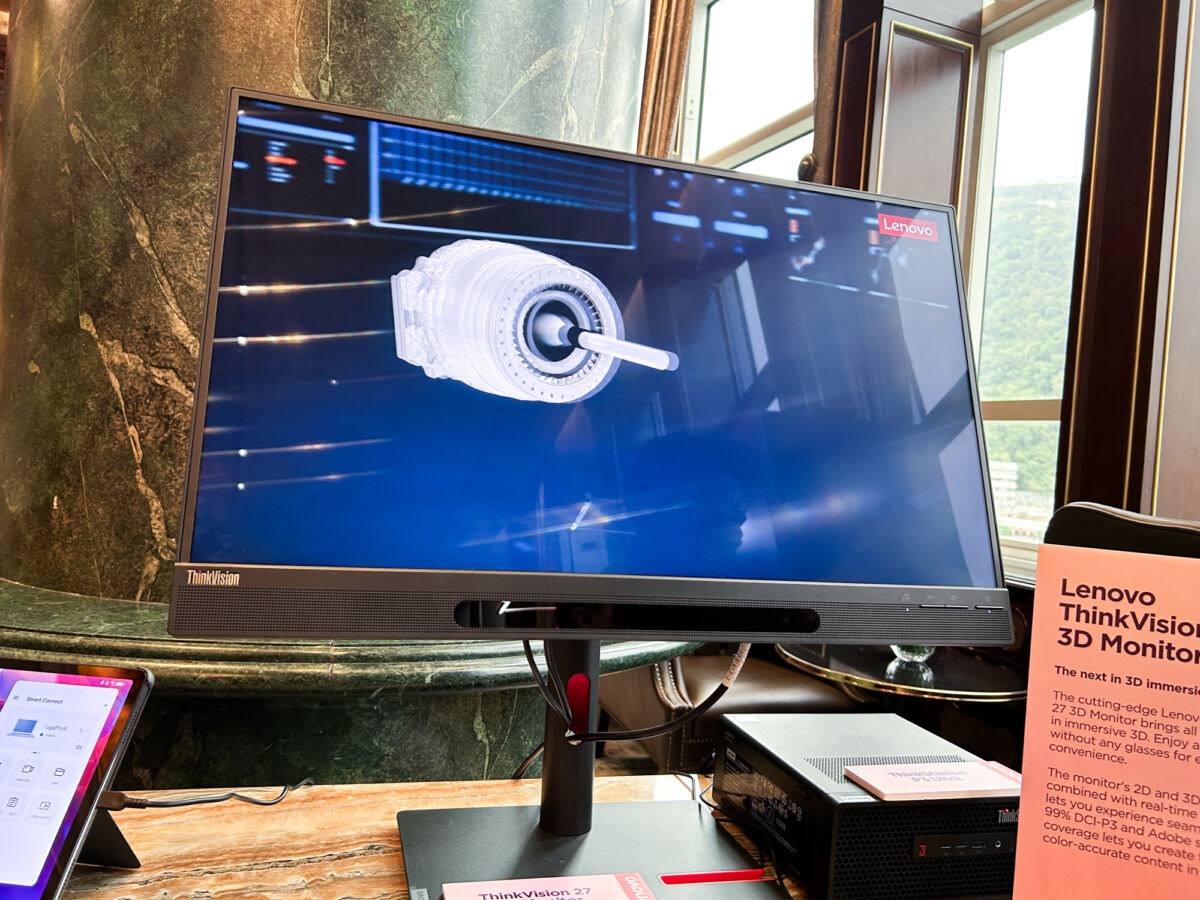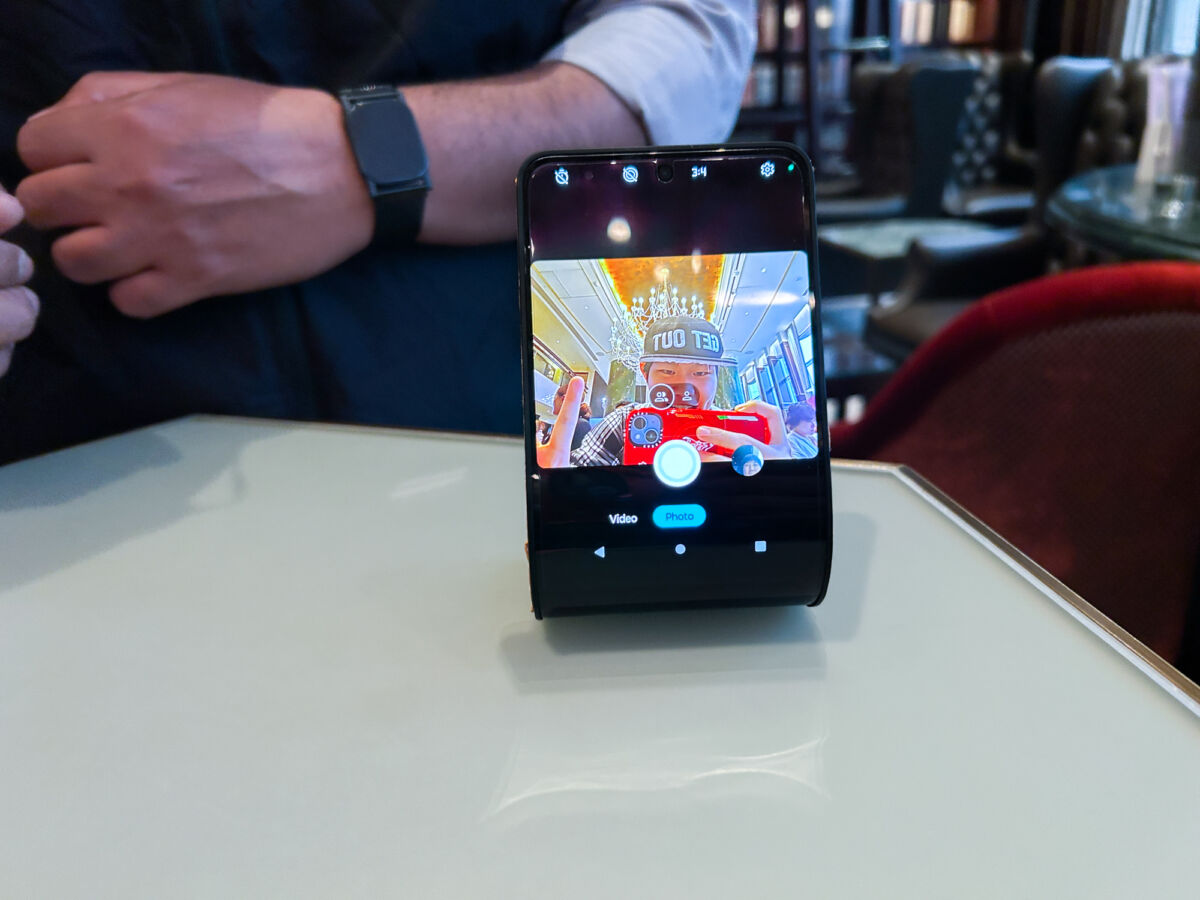In the digital age of artificial intelligence (AI), the heat is on for tech industry players to harness its potential to the best of their abilities. Between AI PCs, their capabilities, and proprietary solutions, Lenovo has established expertise in the field – and things are only getting started.

The company shared more of its plans for AI during their fiscal year 23/24 earnings conference in Hong Kong, which reported robust growth in Q4 and the entire year. Apart from a quarterly revenue climb of almost 10 percent to US$13.8 billion year-on-year, it reported an all-time high of 45 percent increase for non-PC revenue, and a total of US$56.9 billion over the full year.
“You can expect a lot more [AI tech] to come in the second half of this year and in 2025,” said Luca Rossi, global head of Intelligent Devices Group, said in a closed-door Q&A session with selected media. “We have a very rich offering of AI PCs coming in the next quarters, in line with Lenovo’s own definition of AI PCs.”
Part of this push will also include services and solutions, going beyond the realm of hardware. The Lenovo Intelligent Sustainability Solutions Advisor (LISSA) is one such example, demonstrating the AI advantage in offering data-driven recommendations and insights to improve sustainability efforts.


The tech was joined by the latest generation of water-cooled ThinkSystem rack severs in a product showcase, held alongside the earnings conference, and the Lenovo ThinkVision 27 3D monitor. Boasting both 2D and 3D compatibility, the latter is primarily tailored for productivity – particularly in the area of design work – but can output movies and other forms of entertainment in 3D as well.
The showstopper, though, are two conceptual projects: a transparent laptop display and an adaptive screen that builds on the tech giant’s rollable phone technology. First unveiled at Mobile World Congress 2024, the 17.3-inch see-through notebook caters to illustrators and artists with a microLED panel, a 720p resolution, and a flat-laying touch keyboard.

A projection rather than a physical build, the keyboard disappears when a stylus comes into close contact, allowing users to sketch on a level surface. The drawing process can be clearly observed when viewed from the back, and while there wasn’t a chance to try it out, seeing the device in action proved to be an enthralling affair.



Elsewhere, the 6.9-inch adaptive display, crafted in collaboration with Motorola, is capable of moulding into different forms depending on one’s needs. Rolling it out, for example, offers the traditional smartphone experience, whereas a half-bend works similarly to a foldable smartphone. More impressively, it can transform into a bracelet if wrapped around a watch-wearing wrist, lending a stylish flair to telling time.



As fascinating as the prototypes are, there’s no confirmation on whether they will eventually see the light of the day. If anything, the AI front is set to surge forth with even more life than before, and Lenovo looks to lead the charge.













